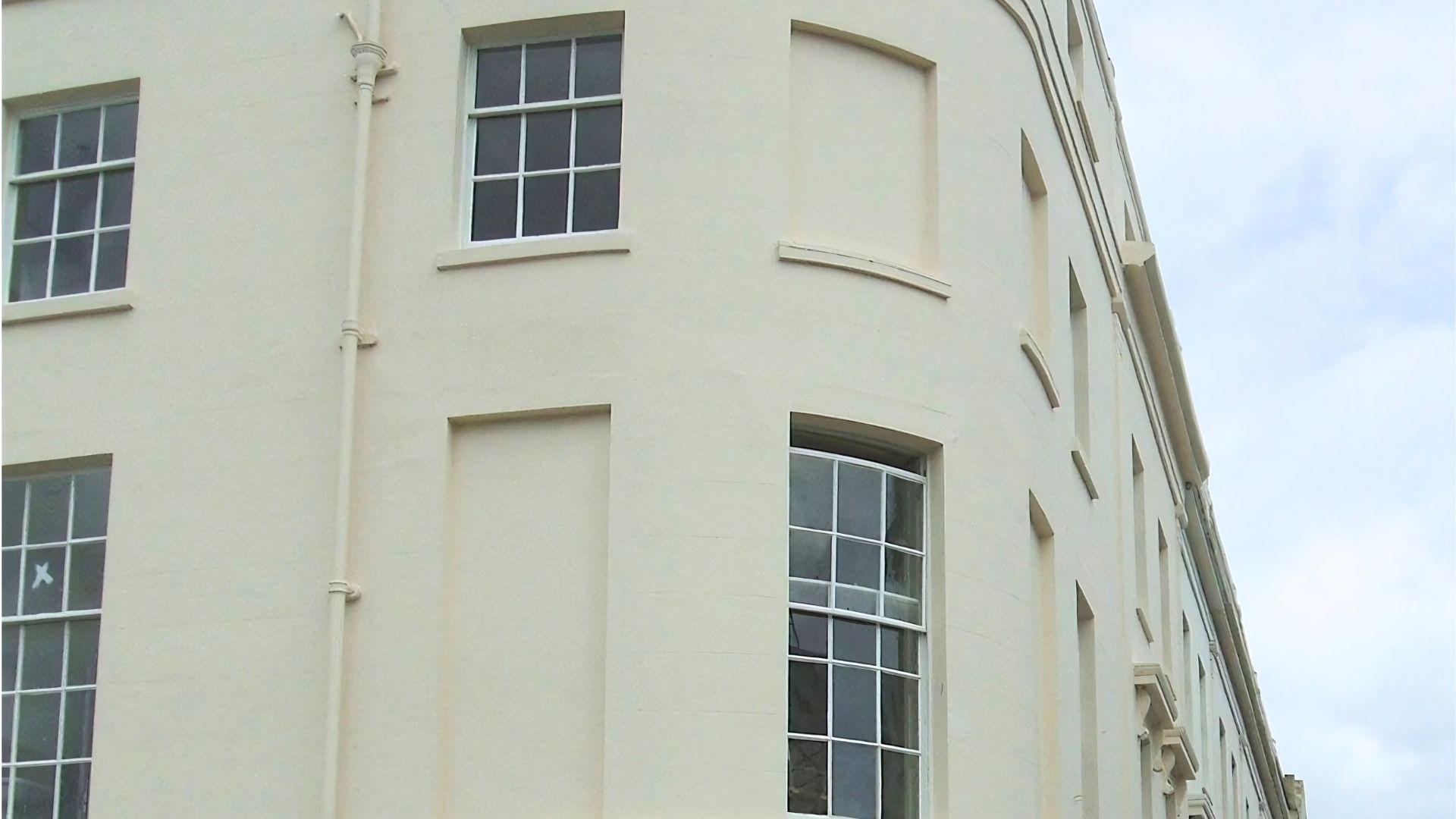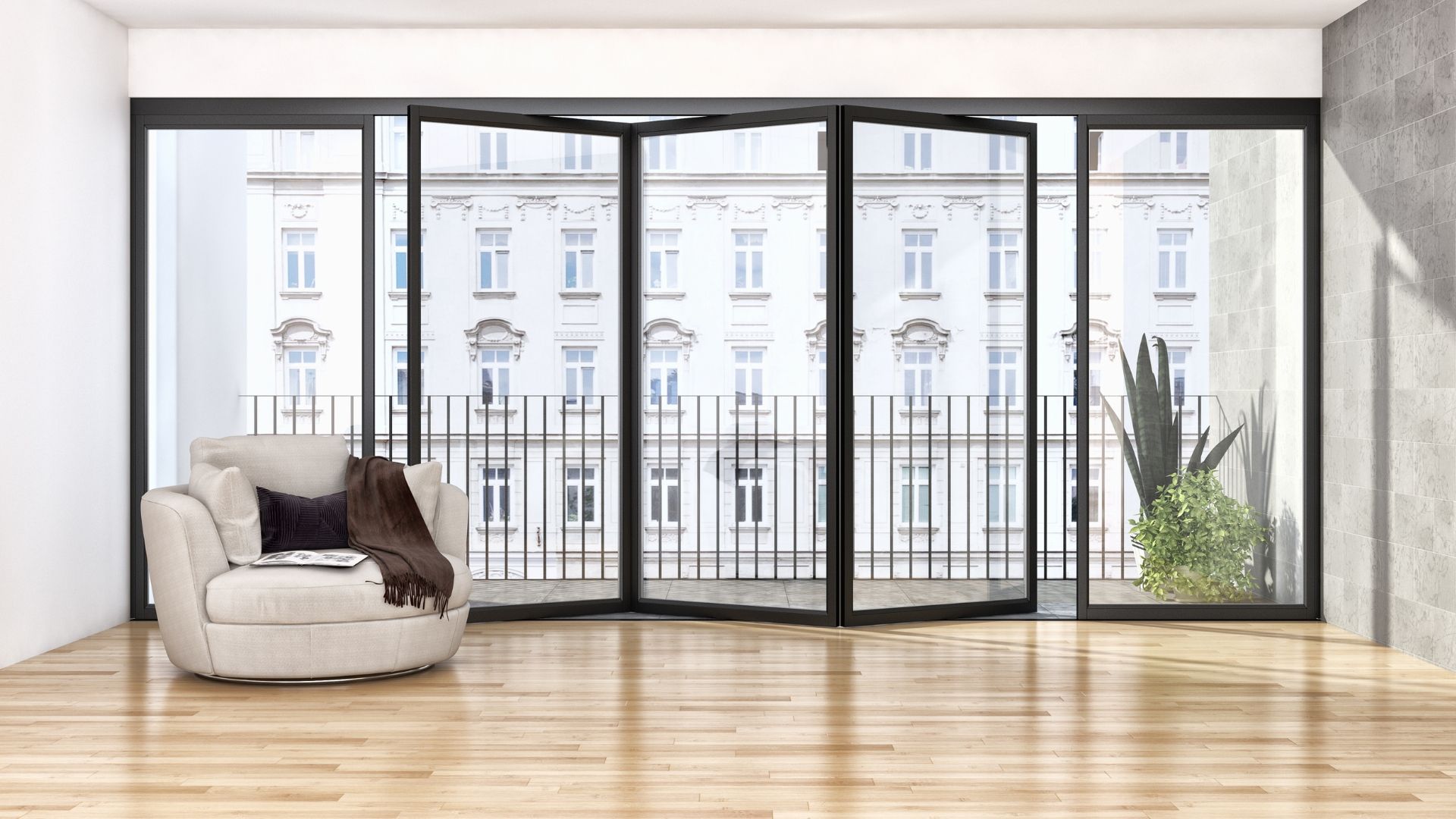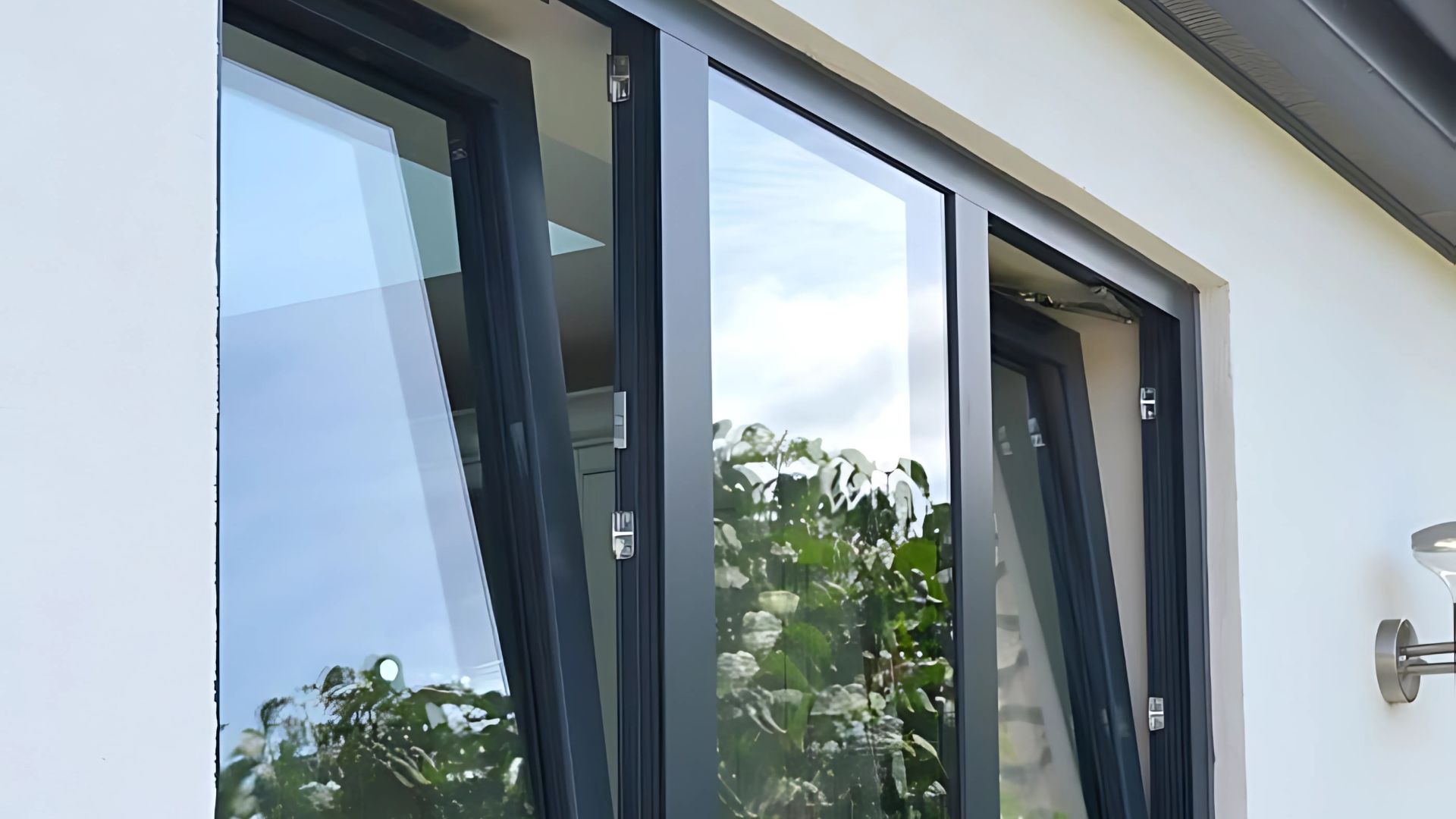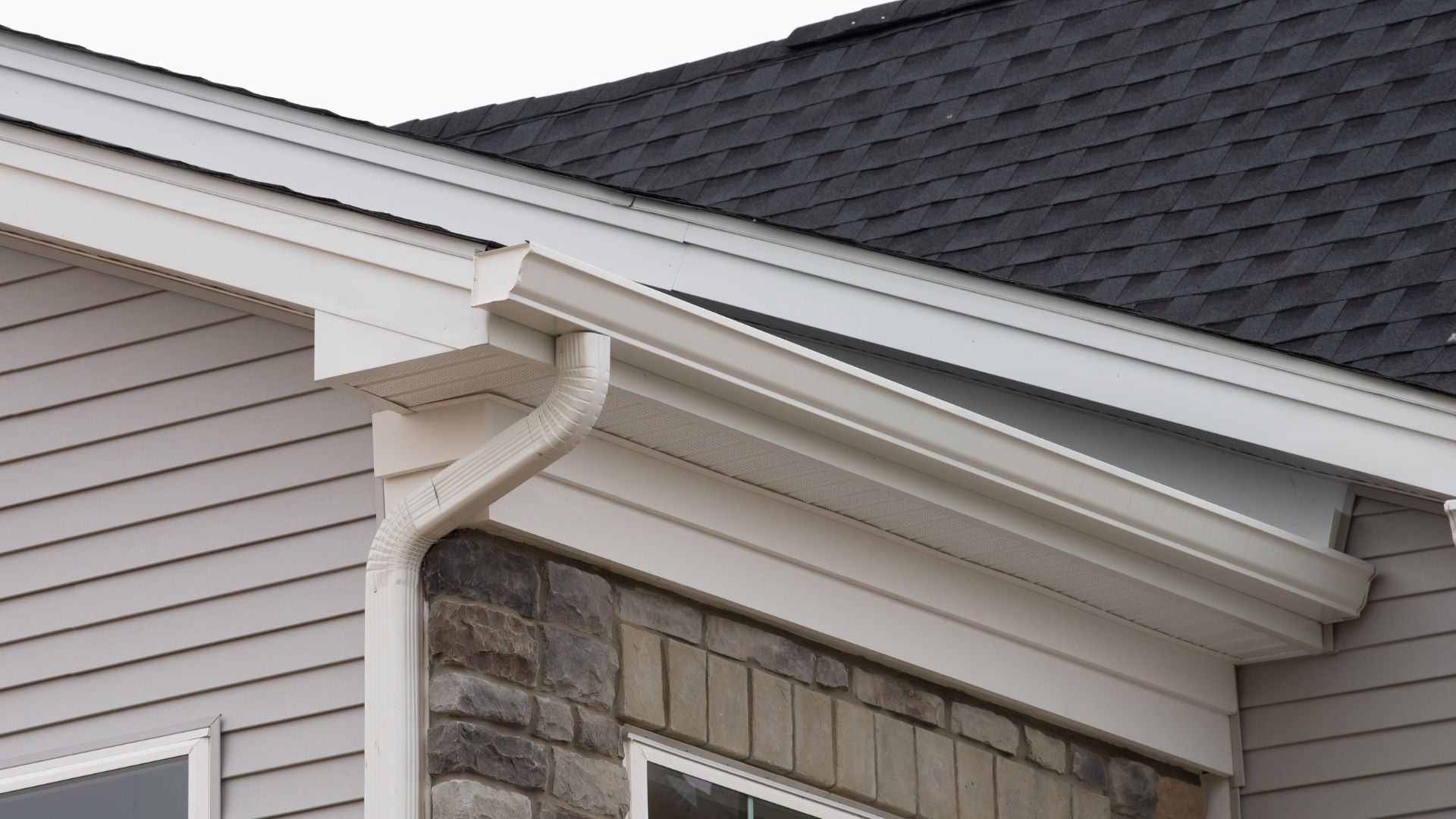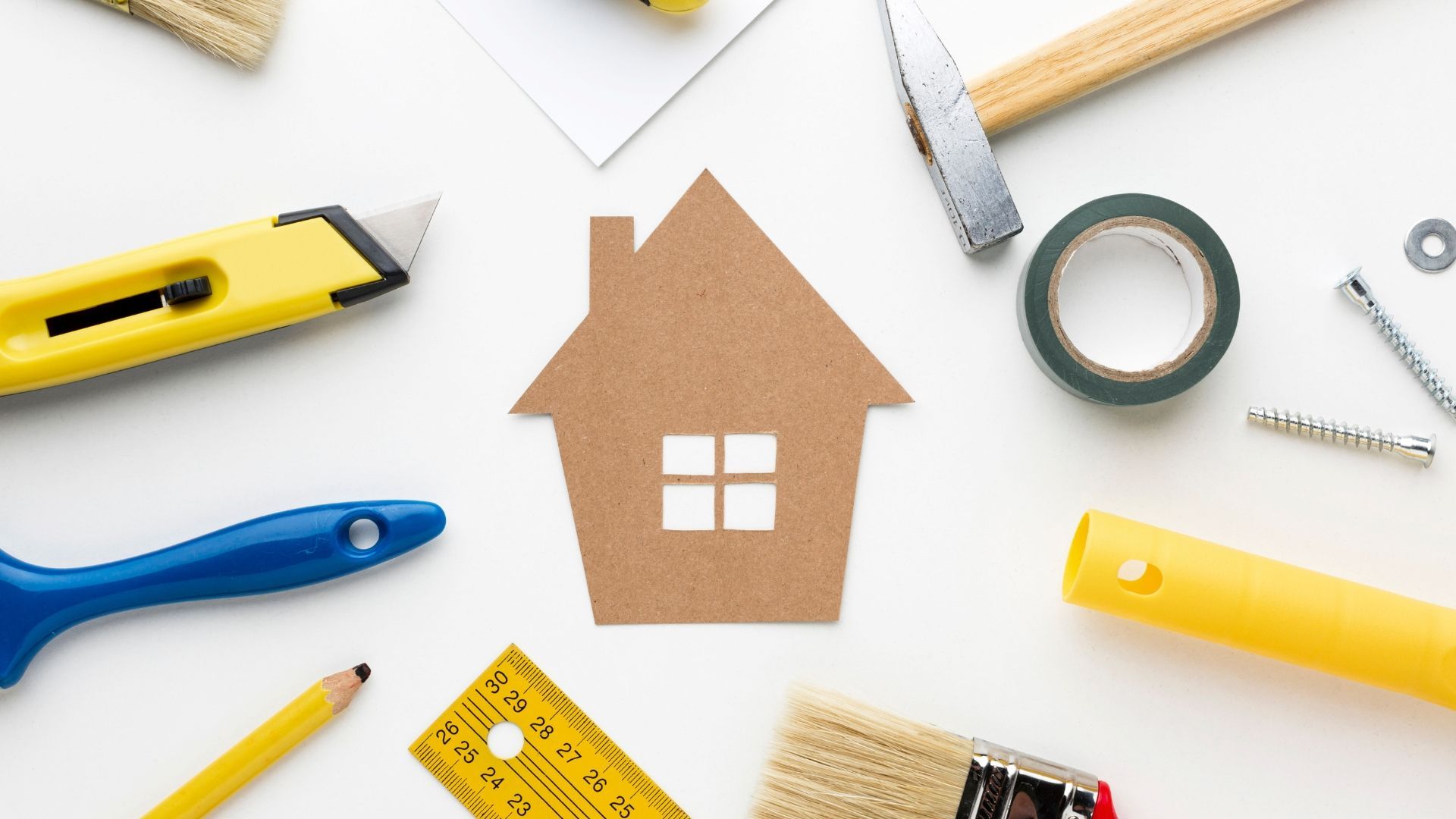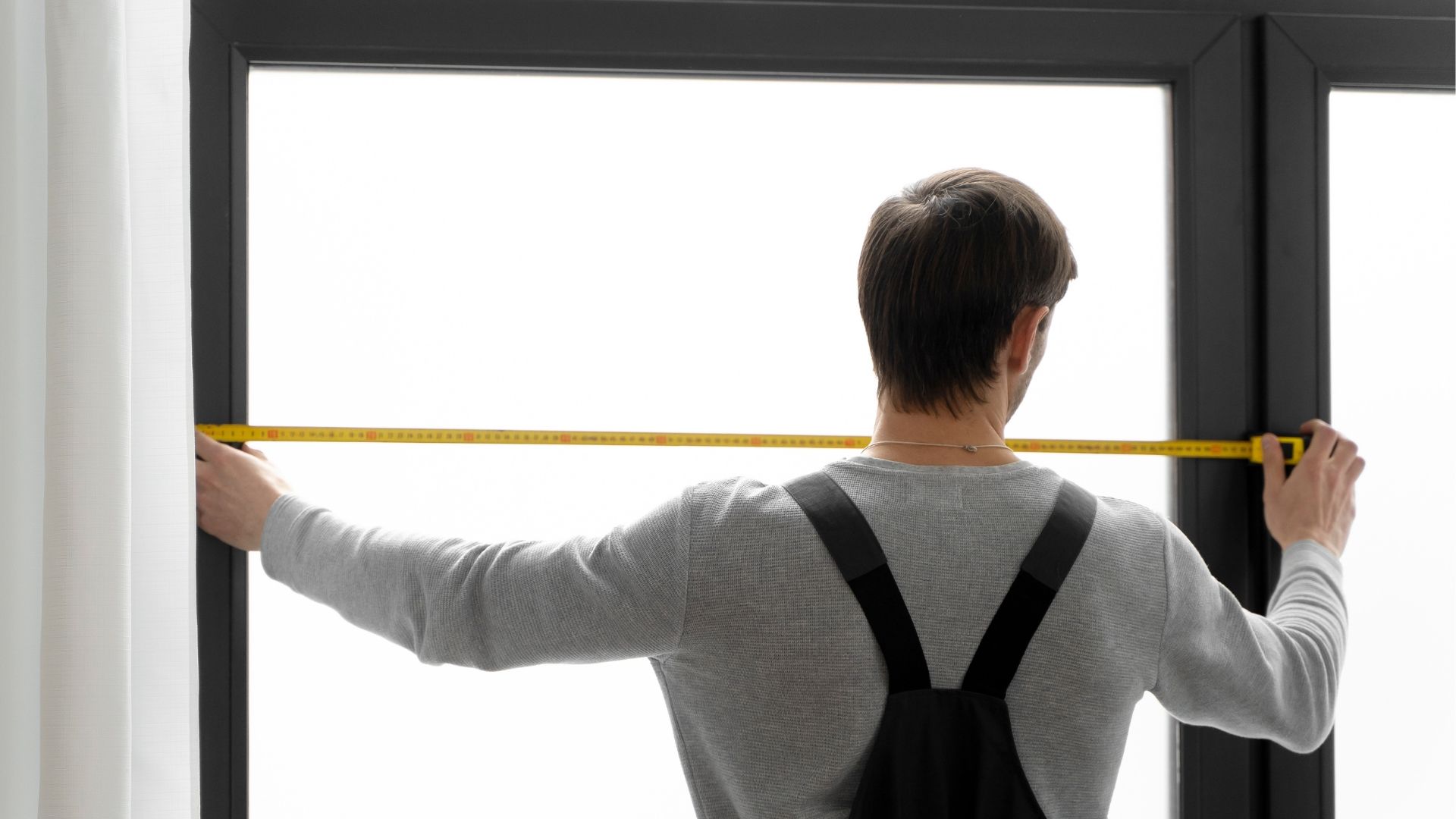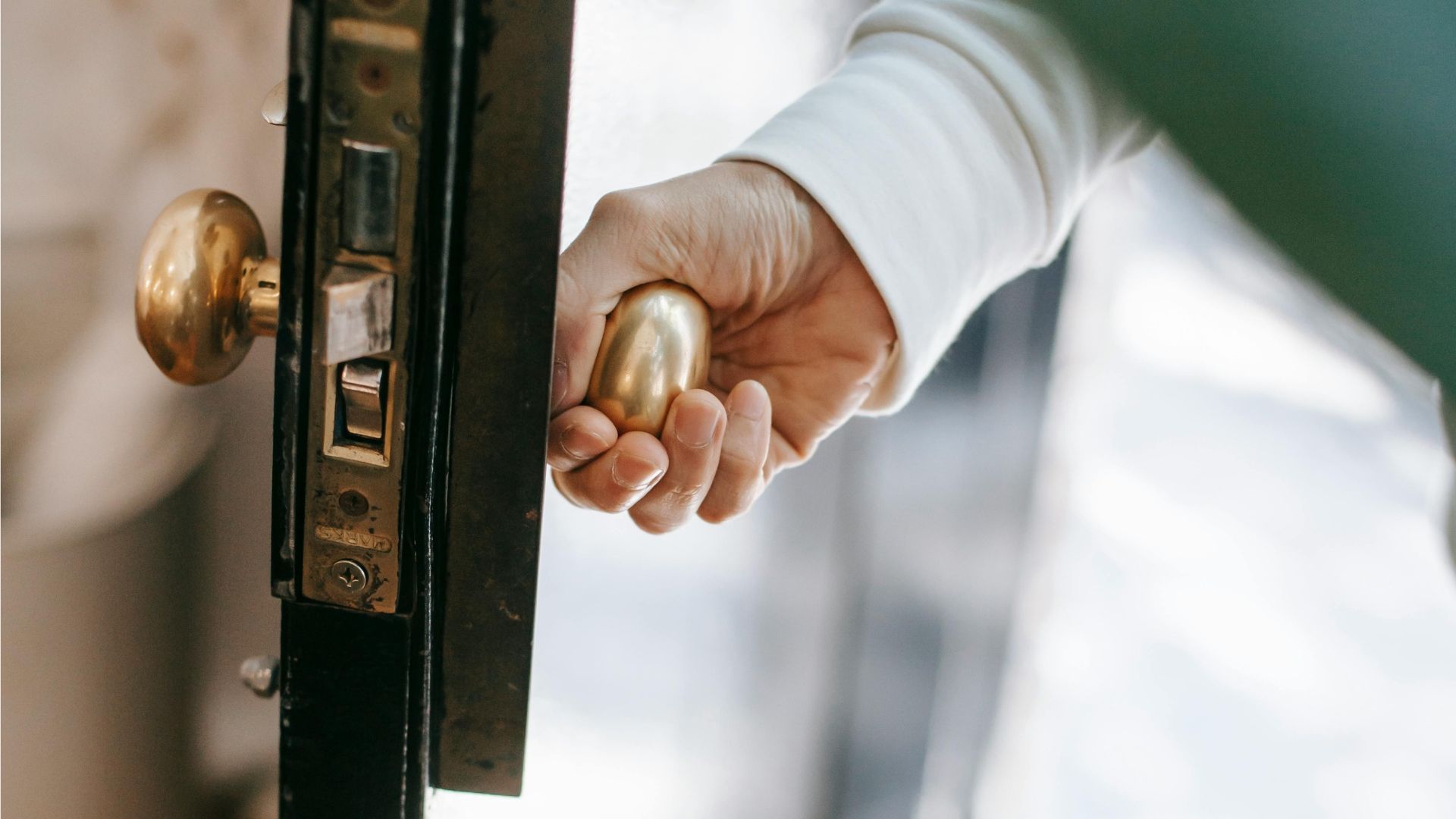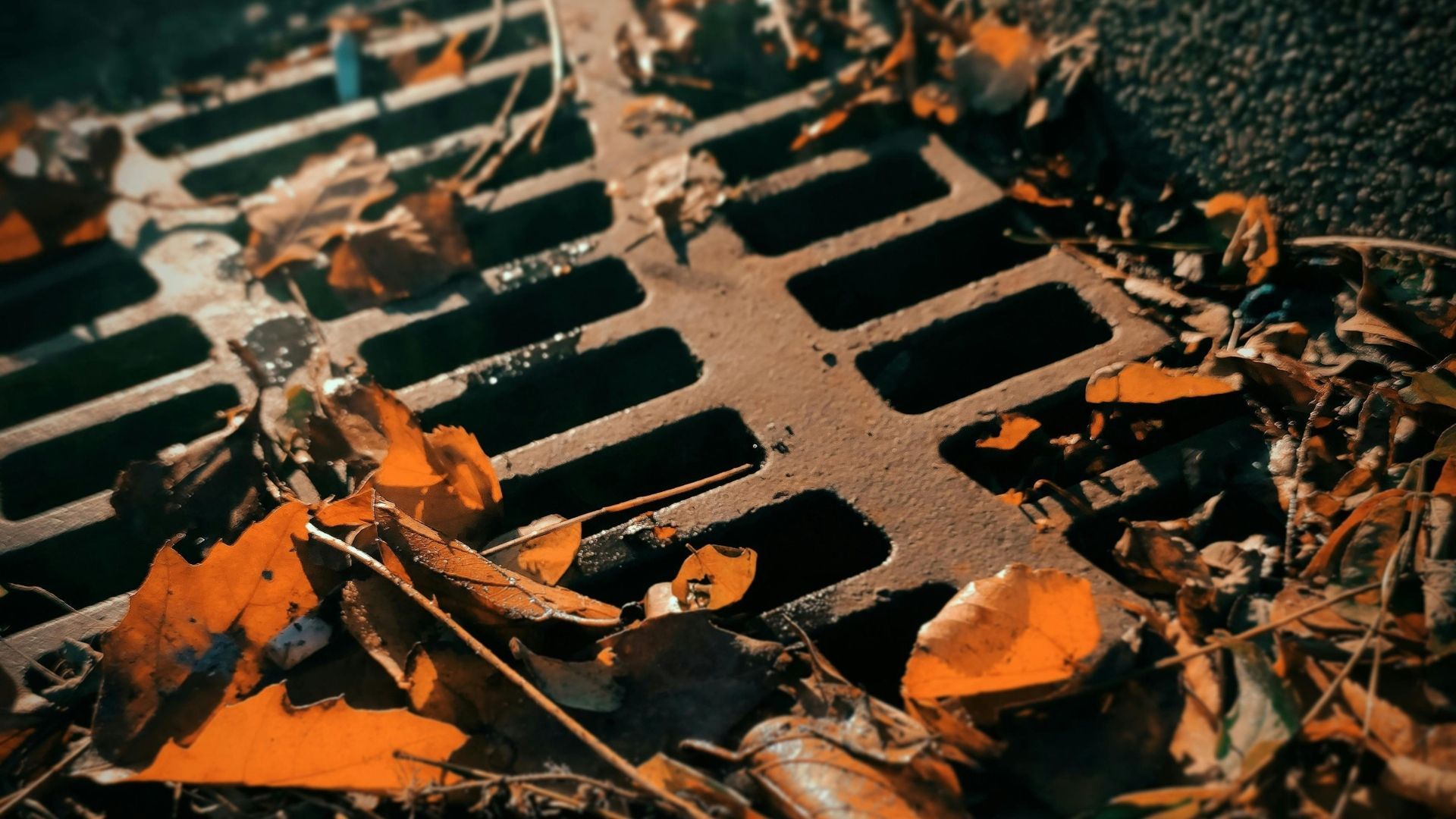The anatomy of modern windows: what's changed in recent times?
How are today's windows different from the 1970s? Get the facts from our window installation experts.
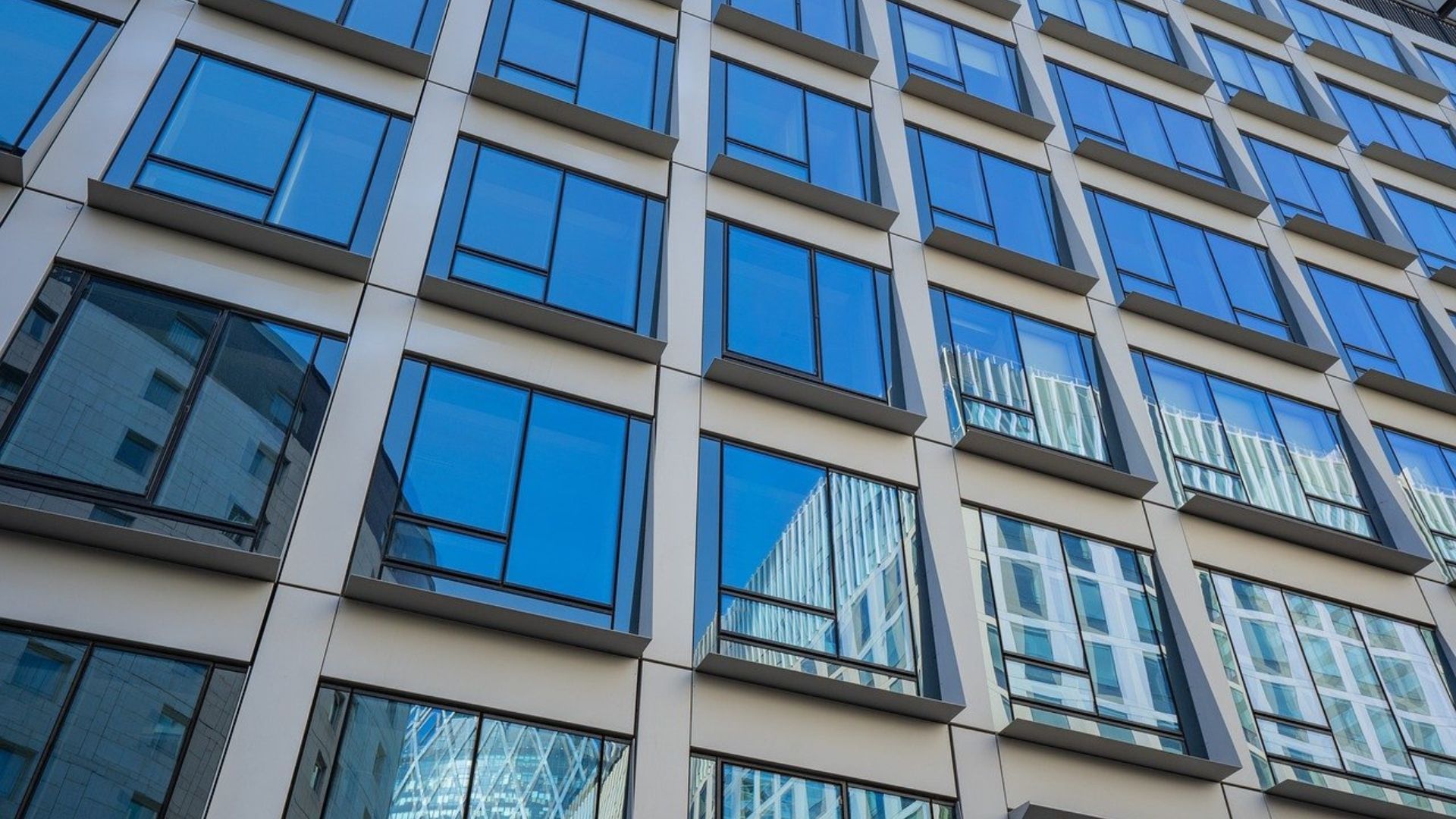
Take a time machine back to the 1970s and you'll notice a lot of changes. Glam rock hairdos. Pineapple on sticks as a given. Bell bottoms from here to ya-ya.
But things haven't only moved on in the fashion and food departments. Interior design, too, has changed subtly but undeniably. Put on an episode of
Coronation Street from the 1970s and you'll see what we mean.
Windows in the 1970s didn't look dramatically different from today. But there was one big difference. You couldn't see it, but by golly, you could feel it. These windows let the heat out and the cold in like there was no tomorrow.
Yes, in the Energy Efficiency Awards, 1970s windows would go home empty-handed. They'd probably get booted out of the ceremony before the names were read. They weren't just bad: they were terrible. It was like the whole country was sitting in a draught.
But that's not the only difference. The glass industry has made several advancements in the half-century since the 1970s. In this article, we look at the most significant differences – and why they're better for your homes.
1. Materials
Back in the 1970s, window frames were primarily made out of aluminium. Today, you can still get them – but manufacturers and installers tend to work with uPVC frames.
This is chiefly because uPVC windows are more energy efficient than their aluminium forebears – though modern aluminium windows aren't too shabby in the efficiency stakes, either.
The paint used on windows has changed too. Lead-based paint has given way to calcium-based paint, meaning your window frames look brighter for longer.
Finally, the glass itself is different. Today's windows can be laminated, meaning that two or more sheets of glass are bonded together. As well as being harder to break, laminated glass helps keep out unwanted UV rays.
2. Glazing
The 1970s was the age of single glazing. This was problematic in a couple of ways. One was that it was
terrible at keeping hot air in and cold air out.

There was some double glazing on the scene back then. But today, it's not an option – it's mandatory. Building Regulations Approved Document L (Fuel Conservation) insists that all new windows and doors in homes need to be double-glazed with low-E glass.
This isn't just about comfort (although it does make a huge difference!) It's also about reducing carbon emissions – and, along the way, saving renters and homeowners money on their energy bills.
Any double glazing installed between 1970 and the 2000s is counted as "old". Even millennial glass doesn't meet today's energy ratings.
This is partly because of the thermal break in the glass. This is the gap between the two panes that acts as an insulator. The bigger the gap, the more efficient it is. A new piece of double glazing will have a gap of around 16 millimetres compared to six millimetres back in the 2000s.
Triple glazing is also on the market. This is ideal for cold climates and can be a wise investment anywhere in the world if you want to reduce emissions, noise pollution and the risk of break-ins.
3. Security
Double glazing isn't just more thermally efficient than single glazing. It's also much harder to break. In fact, modern windows are far more geared towards safety than their 1970s equivalents.
Back then, you had to buy a lock and fit it on your window. Today, most windows have multi-point locking as standard. If you're shopping for windows and they don't have an integrated locking system, you should take your custom elsewhere.
Both of these things add up to peace of mind. You can't eliminate the possibility of a break-in. But in this regard, today's windows are a huge improvement on their predecessors.
4. Noise reduction
That thermal break between the two panes of glass in a double-glazed unit isn't just good for thermal efficiency. It's also good for keeping out unwanted noise.
If you lived on a busy street in the 1970s, your windows were about as much use as rice paper. Today's units, however, are pretty good at muffling sound.
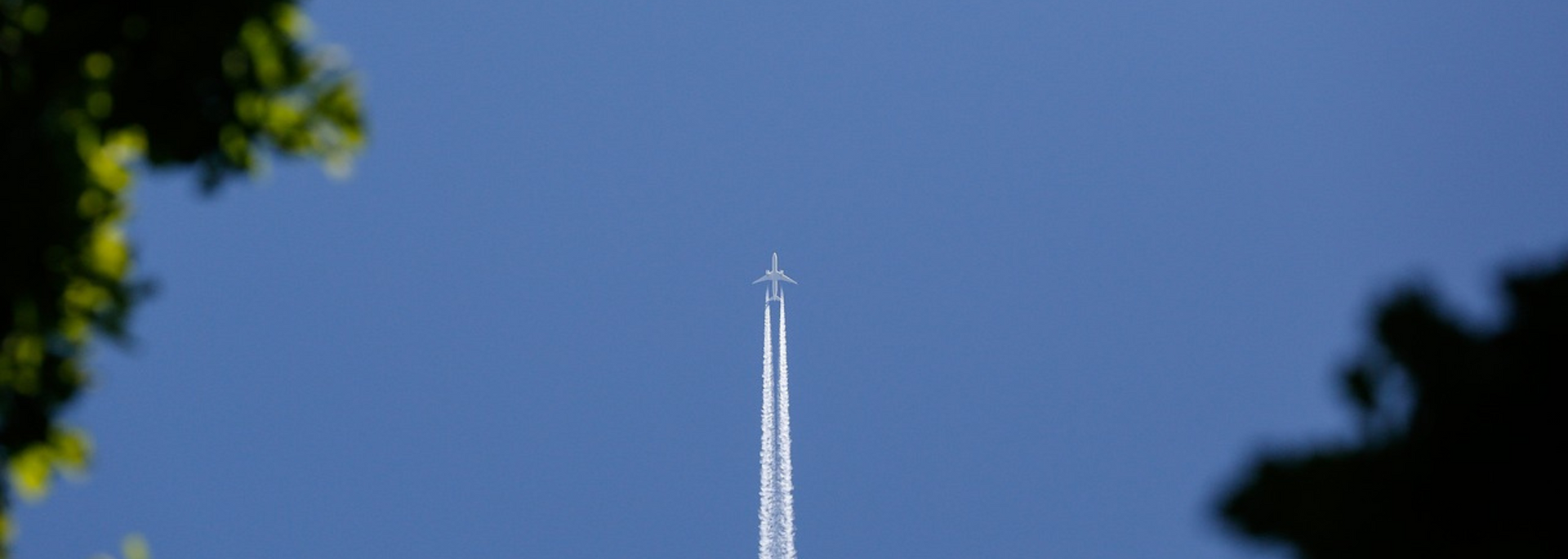
And if you are dealing with an unusual amount of noise – living under a flight path, say, or next to an aspiring drum and bass DJ – you can invest in triple glazing or specialised acoustic glass. As well as protecting your ears and your sanity, these will add value to your home.
5. Ventilation
In the 1970s, ventilation was provided by leaning a window open. It was either open or it was shut. This isn't necessarily a problem you can discern. However, it contributes to poor air quality and condensation, which in turn can lead to health issues.
Today, building regulations say that you have to have a trickle vent – a slit in the upper frame of a window or door that provides a small but constant level of ventilation. These can be fixed or adjustable. The latter type allows you to control the airflow coming into the room.
Take away the world's trickle vents and you might not notice the difference. Nevertheless, they're good for air quality and help reduce nasty condensation.
Do you have old windows?
Is your home fitted with old windows? It might be time for an upgrade.
By "old" we mean any time between the 1970s and the 2000s (sorry, Gen Z). These windows might seem fine – but you can do better. A set of new windows will give your home a more up-to-date look and, most importantly, make it more energy efficient.
And you've got options. Perhaps you'd like timber effect uPVC windows, or aluminium frames, or a composite door. These come in a wide range of colours and finishes that can be tailored to your home's requirements. Trust us, you won't look back!
Are you looking for a
window installer in the West Yorkshire area?
Get in touch with our friendly team today for a quick, competitive quote.
Get a FREE quote
Are you on the lookout for uPVC window fitters in Wakefield or West Yorkshire? With over 30 years' experience and an extensive range of uPVC windows, we can help. Request a quote today or apply for finance and spread the cost.

